A Pro’s Unfiltered Guide to Dealing with Mold in Your Home
I’ll never forget this one basement. A homeowner had been fighting a losing battle for months, and the moment I stepped inside, the air was so thick and musty it felt like you could wear it. Fuzzy patches of black, green, and white mold were creeping up the drywall, a clear sign of a long-ignored water issue. He’d been scrubbing it with bleach, but it just came back angrier each time. That job cemented the single most important lesson in my line of work: you can’t just clean mold. You have to physically remove it and, more importantly, kill its water supply.
For years, my world has been inside contained, contaminated spaces. I’ve held top industry certifications for water damage and microbial remediation, and I’ve trained teams to handle every kind of mold situation imaginable. My goal here isn’t to sell you a service, but to pull back the curtain and give you the honest, no-nonsense advice I’d give a friend who just found a suspicious spot on their wall.
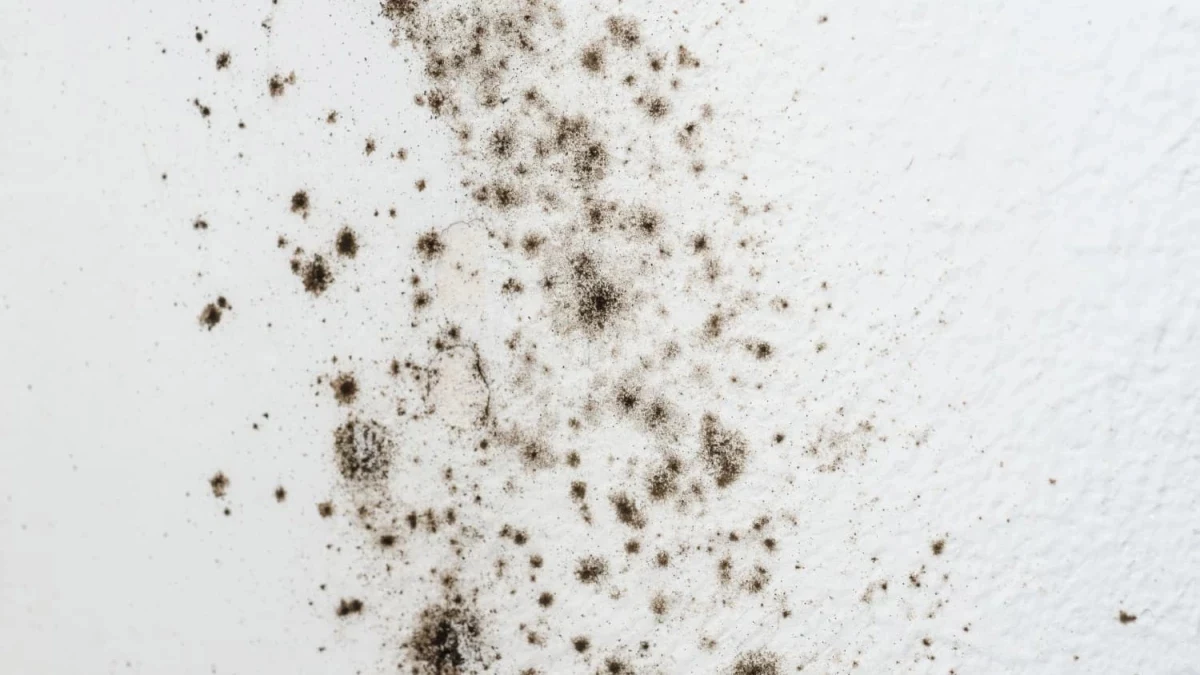
So, let’s talk about the big one: “toxic black mold.” People hear those words and immediately panic. But here’s the truth from the trenches: mold color doesn’t mean much on its own. I’ve seen harmless black mold and seriously problematic light-colored mold. The only way to know the exact type and risk level is with professional testing. But honestly, it doesn’t really matter. Any type of mold actively growing in your house is a problem that needs a real solution, period.
What is This Stuff, Anyway? The Science of a Home Invasion
To beat the enemy, you have to know how it operates. Out in nature, mold is a superstar recycler, breaking down dead leaves and logs. But when it starts doing its job on your house… that’s a different story. Your home is basically an all-you-can-eat buffet of its favorite foods: the paper in your drywall, the wood in your walls, your carpet, and even the dust bunnies behind the couch.

Mold spores are everywhere, all the time, just floating around waiting for their big break. To go from a dormant spore to a full-blown colony, they just need three things:
- A Food Source: Check. Your house is made of it.
- The Right Temperature: They love the same 60-80 degree range we do. Check again.
- Moisture: This is the one. The absolute deal-breaker. Without water, mold can’t grow.
When a spore lands on a damp spot, it puts down roots (called hyphae) that dig deep into the material. This is why you can’t just wipe it off drywall—the visible fuzz is just the tip of the iceberg. Underneath, the roots are digesting your home. That’s why our first question on any job is always the same: where is the water coming from? A pinhole leak in a pipe, a crack in the foundation, or even a bathroom that’s never properly ventilated can be the culprit.
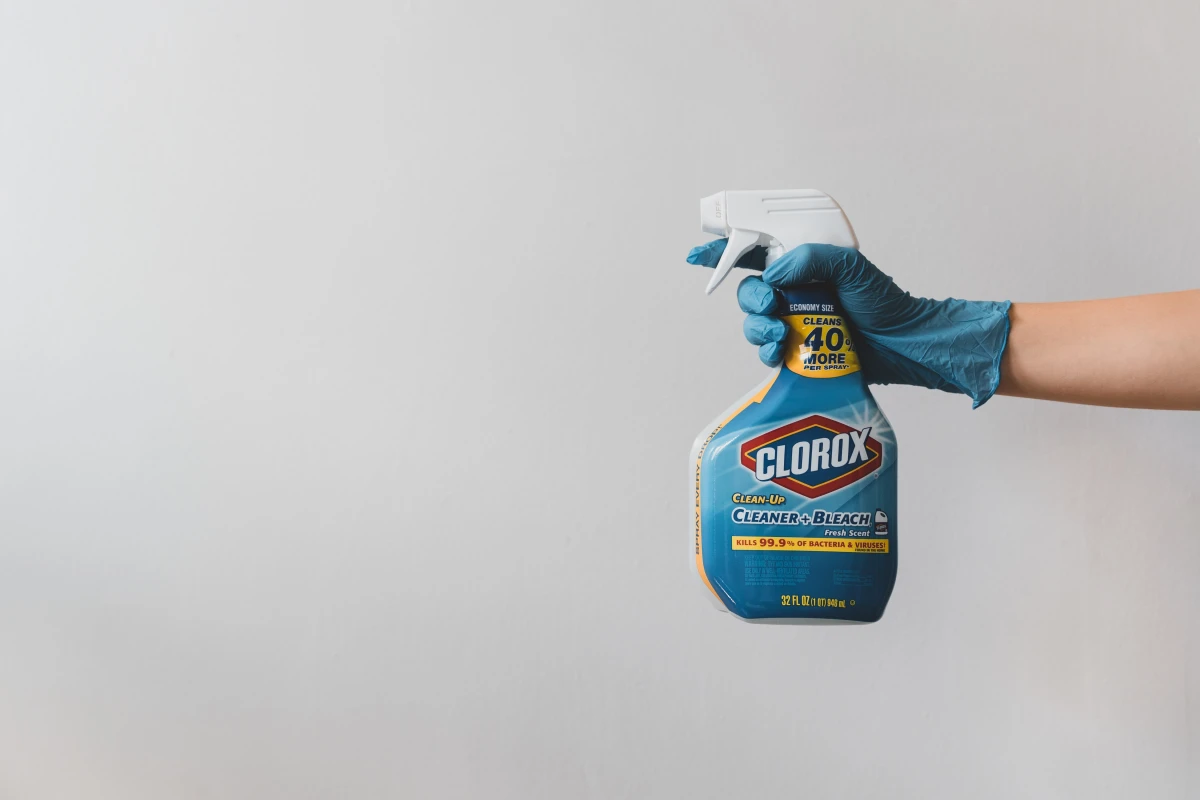
The Big Question: DIY or Call in the Cavalry?
I’m all for empowering homeowners, but I’m also big on safety. Knowing your limits is smart, not weak. Government safety guidelines suggest you might be able to handle a moldy area yourself if it’s less than 10 square feet (think a 3×3 foot patch). But this comes with some huge caveats.
Let’s talk about the real-world cost difference here. Tackling a tiny patch yourself might set you back about $50 for good safety gear and supplies. But calling a pro for that same small area will likely involve a minimum service charge, often between $500 and $750. So yes, DIY is cheaper for small stuff. However, if the area is larger, that professional cost of $2,000 to $6,000 (or more for a whole basement) is protecting you from a catastrophic mistake that could cost you over $10,000 to fix later.
I once got a call from a family who had tried to handle a moldy wall in their den themselves. They’d sprayed it with bleach, ripped out the drywall without any containment, and then ran a fan to “dry it out.” What they actually did was blast billions of spores throughout their entire HVAC system, contaminating every room in the house. It was a nightmare. What would have been a $3,000 job turned into a $15,000 whole-house remediation. They learned the hard way.
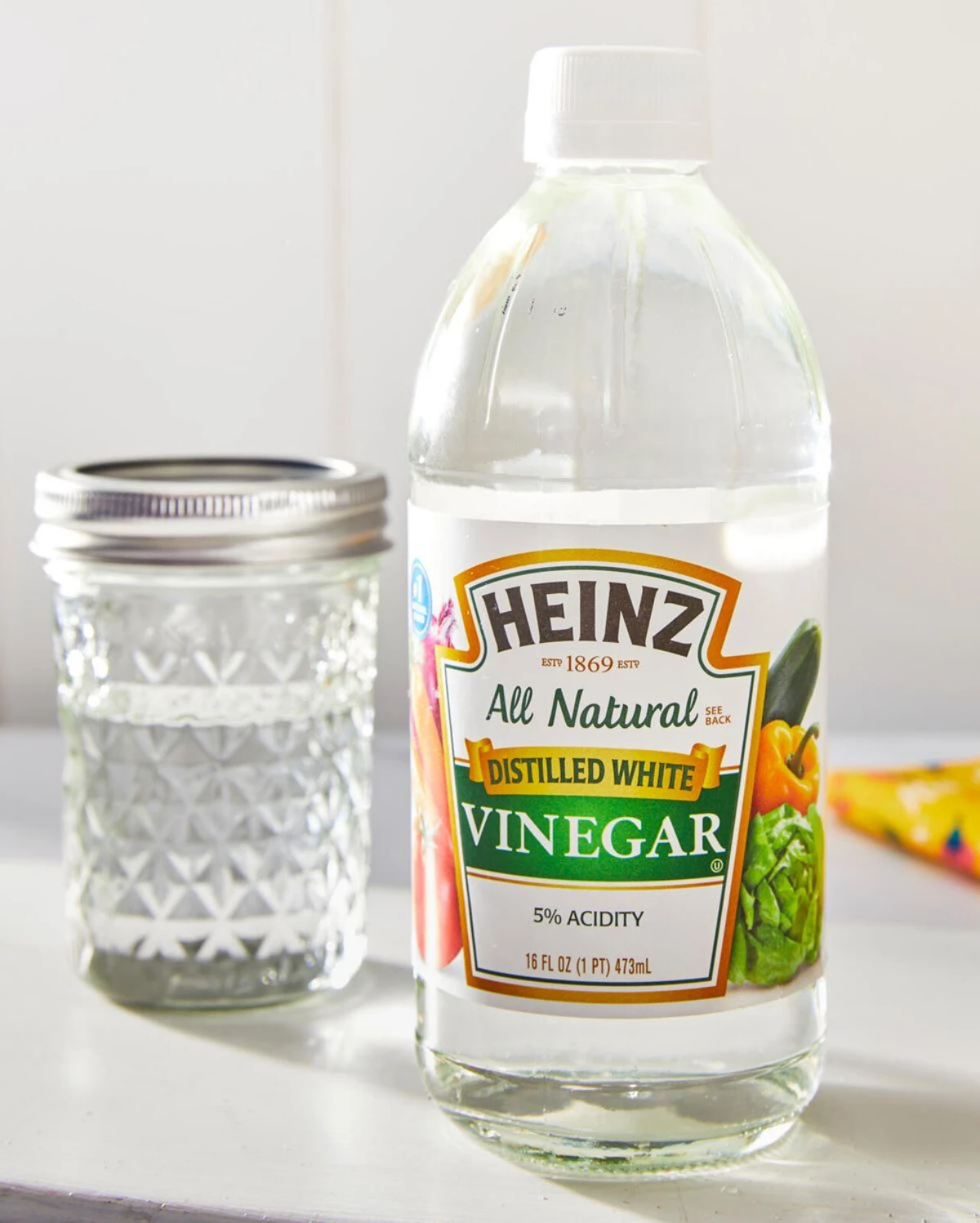
So, drop everything and call a certified professional if you see these red flags:
- It’s bigger than 10 square feet. A large patch means a huge number of spores. One wrong move and you’ve cross-contaminated your whole house.
- You think it’s in your HVAC system. Don’t touch it. Running your heat or AC is like hitting the
Galerie d’inspiration
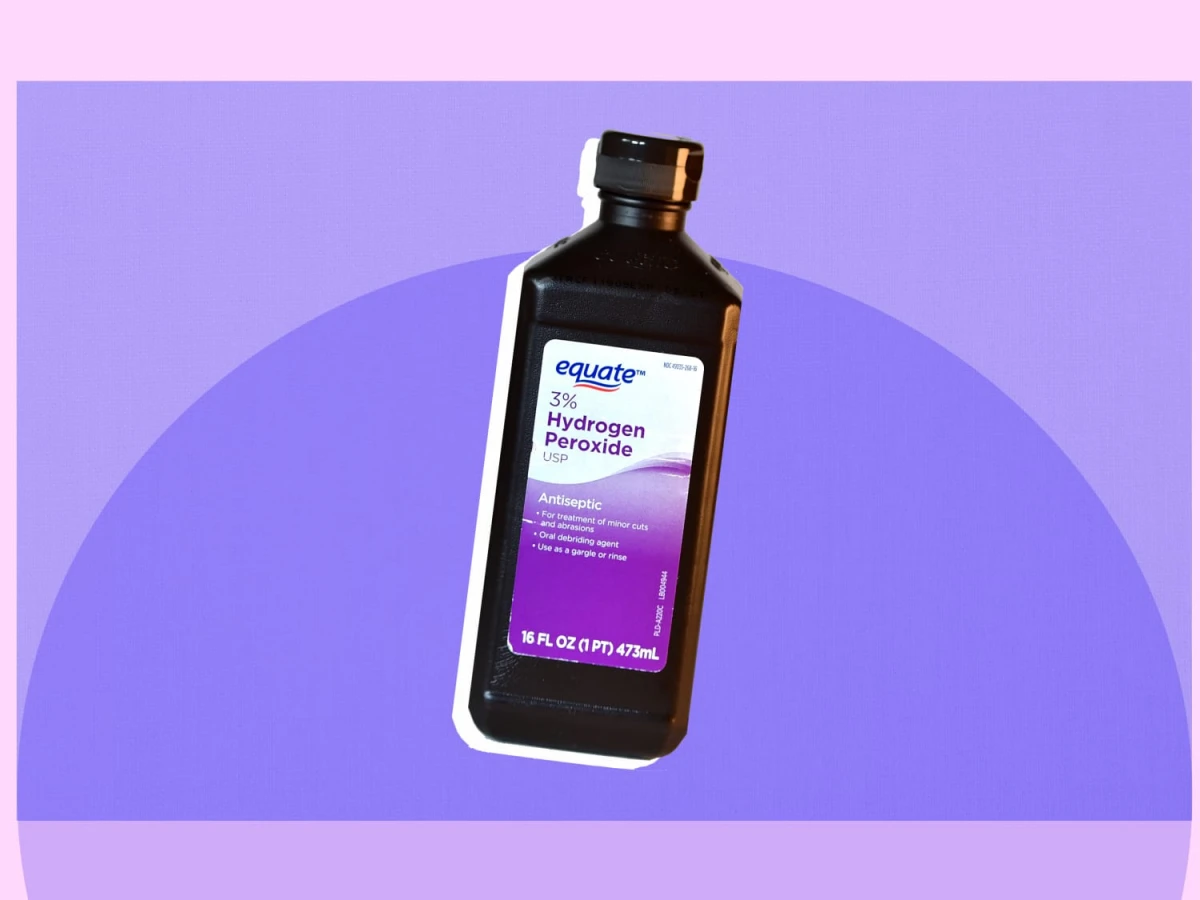
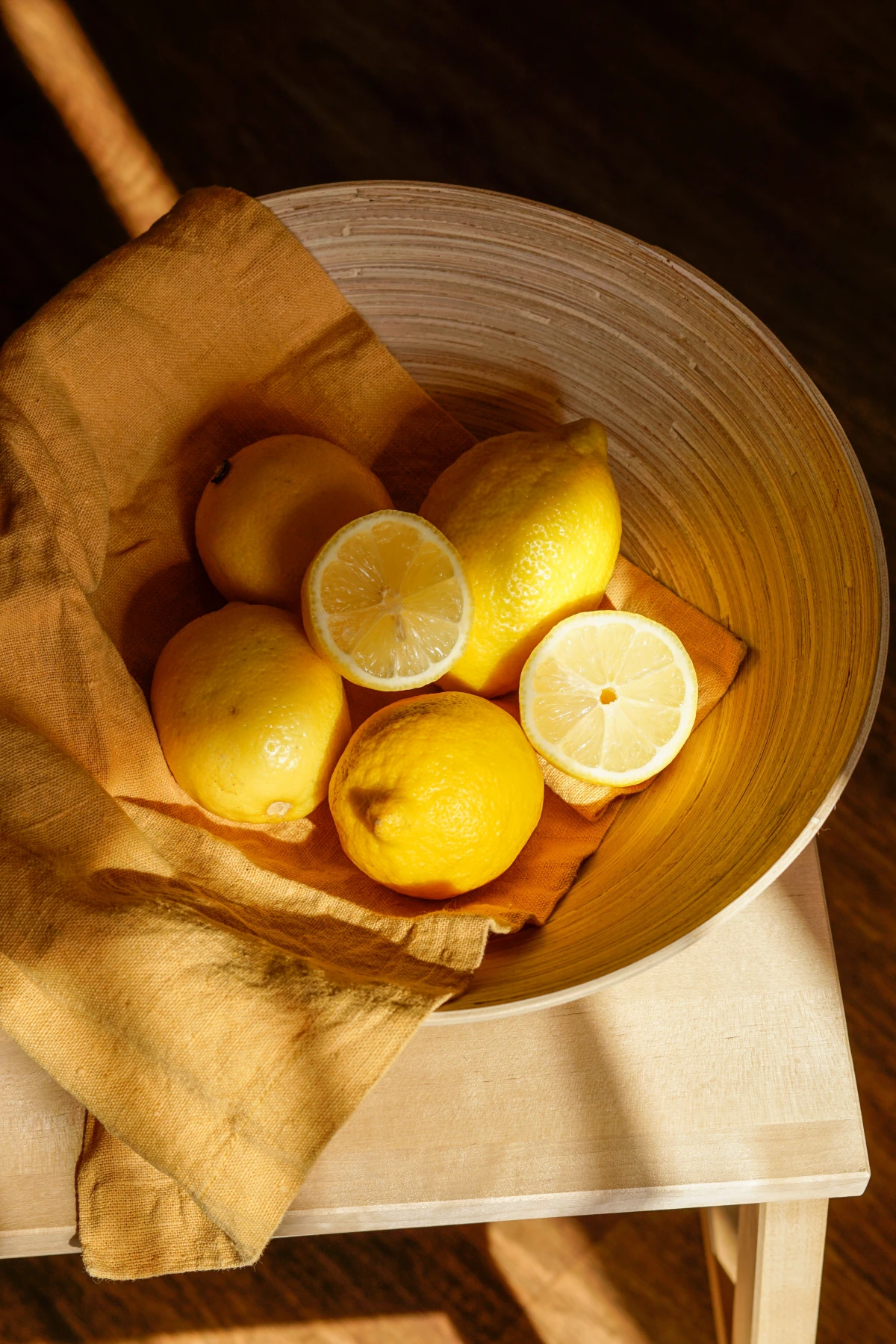
When is it truly necessary to call in a certified professional?
The remediation industry often uses the “10 square feet” rule. If the affected area is smaller than about 3ft by 3ft and on a non-porous surface like tile or glass, a careful DIY approach may suffice. However, you should call a pro immediately if: the mold covers a larger area; you smell that distinct musty odor but can’t see the source (suggesting it’s inside a wall or under flooring); or it has infested your HVAC system. Professionals use containment and negative air pressure to ensure spores don’t spread throughout your entire home during removal.
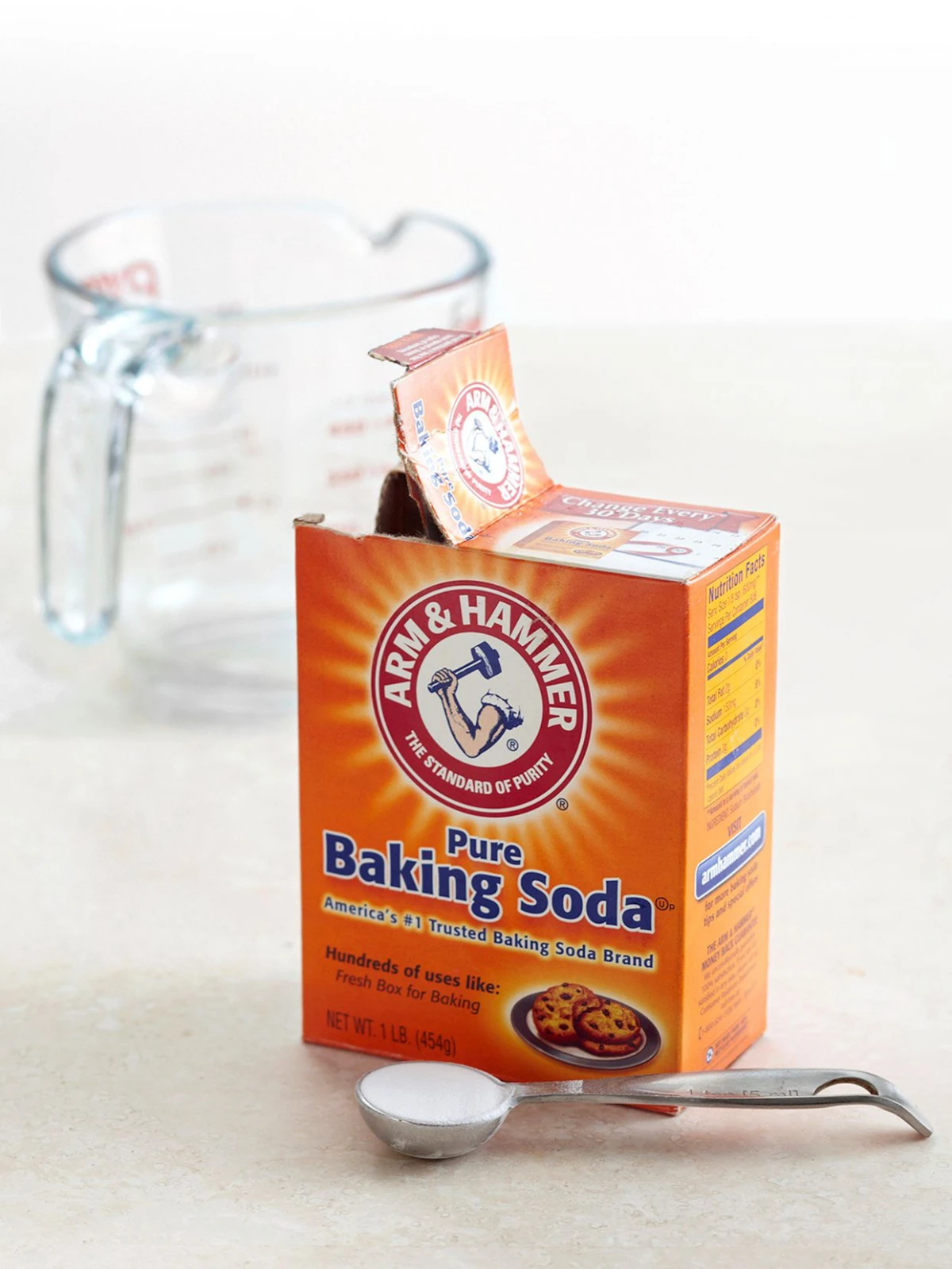
Did you know? The smell associated with mold isn’t from the mold itself, but from the Microbial Volatile Organic Compounds (MVOCs) it releases as it grows and digests materials.
This is why that musty odor is such a critical warning sign, even if you can’t see any visible growth. It’s the chemical signature of an active colony, and breathing in these compounds is what can lead to the health effects—like headaches and respiratory irritation—that many people experience.
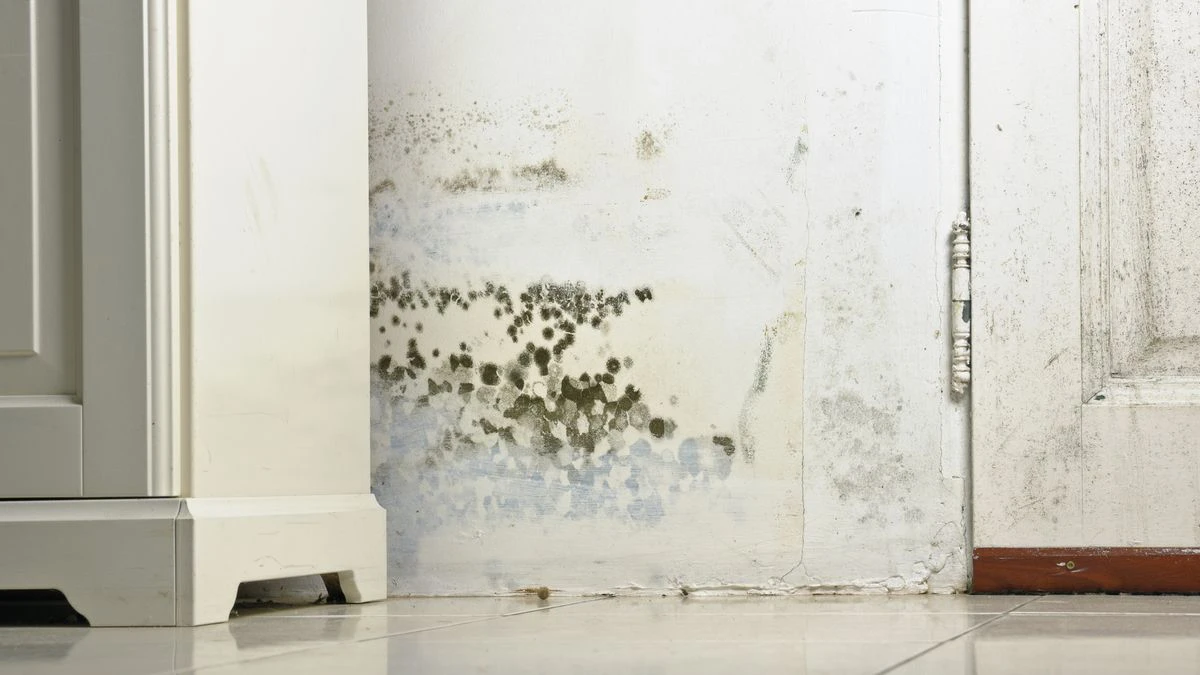
Beyond bleach, which is largely ineffective on porous surfaces, two main approaches dominate modern mold cleanup:
- Encapsulation: Products like Concrobium Mold Control are popular for this. As the solution dries, it crushes the mold spores and leaves an invisible antimicrobial film that prevents future growth. It’s best for small spots and prevention.
- Disinfection: Professionals often use botanical-based disinfectants, such as Benefect or Thymox, which use thyme oil as the active ingredient. These products kill over 99.9% of mold and bacteria without the harshness of traditional chemicals.
Your Anti-Mold Arsenal: Beyond Sprays
Controlling mold is about controlling humidity. A good dehumidifier is non-negotiable for basements or damp spaces, but also consider investing in a few quality hygrometers. These inexpensive devices measure indoor humidity levels, allowing you to see a problem before it starts. Aim to keep your home’s humidity between 30% and 50%—the sweet spot for comfort and the dead zone for mold.










